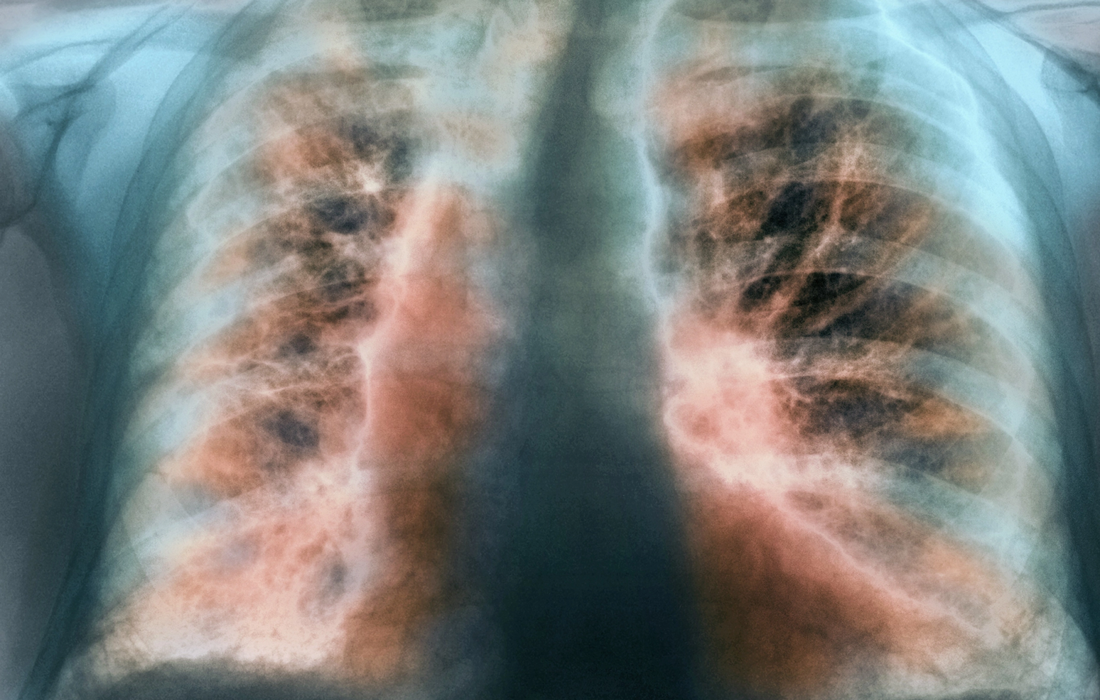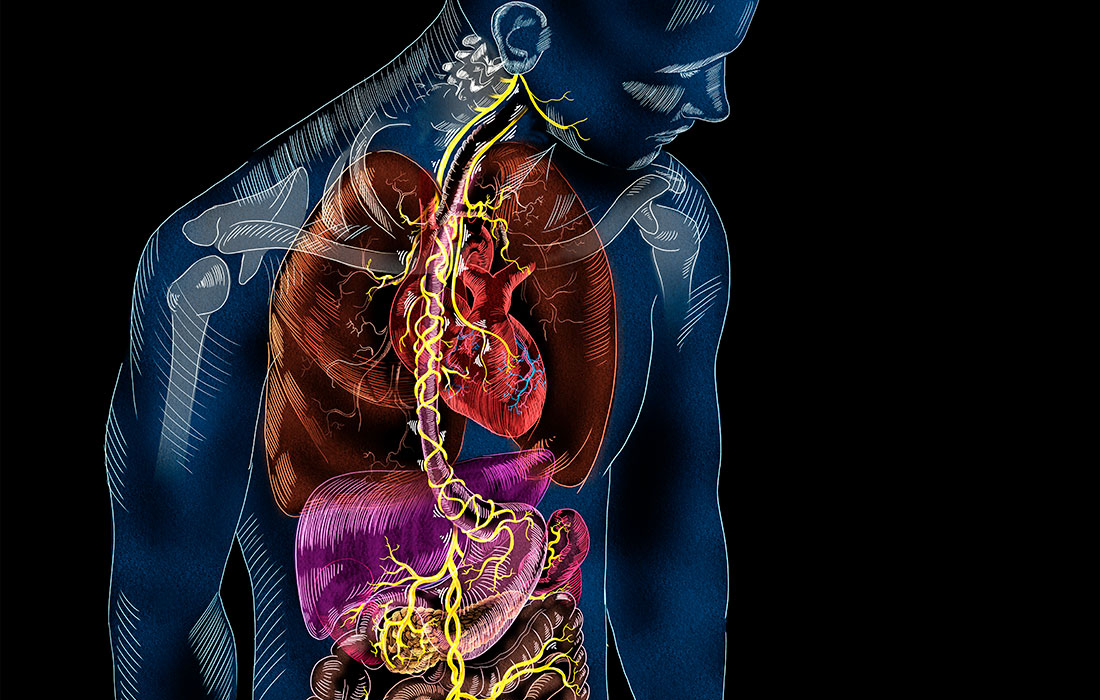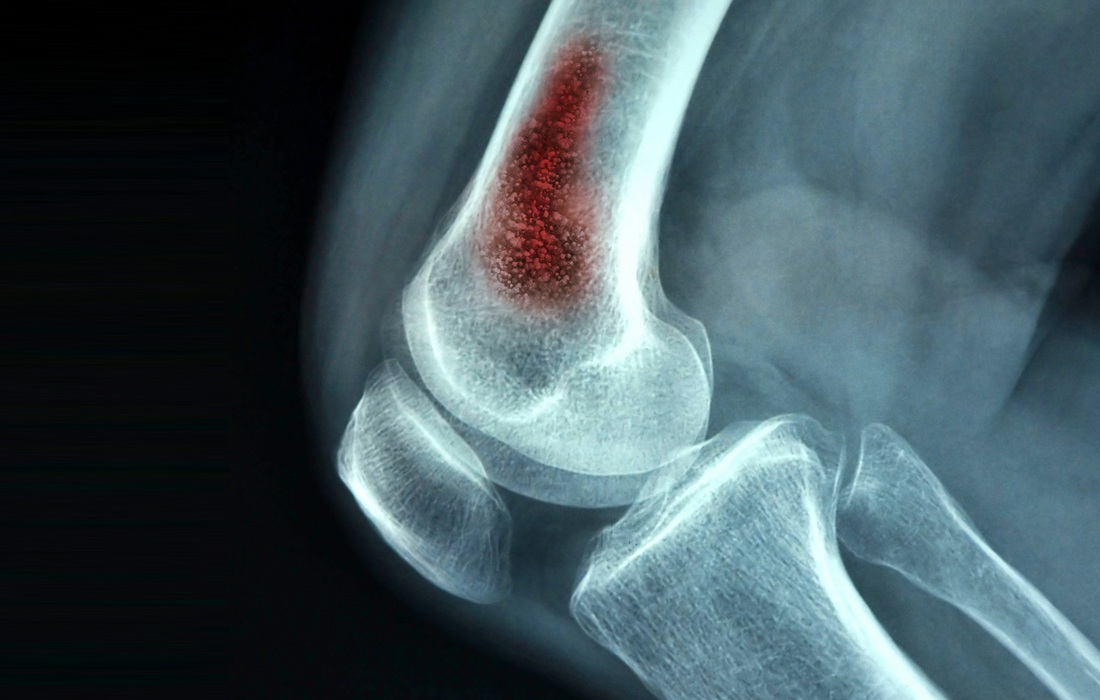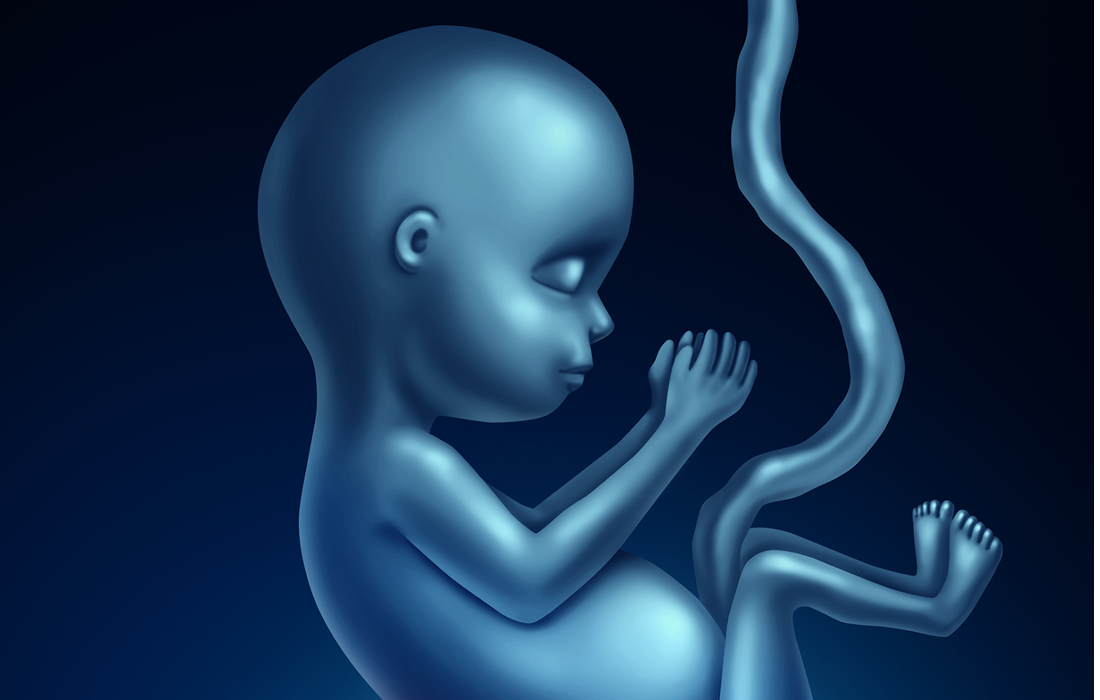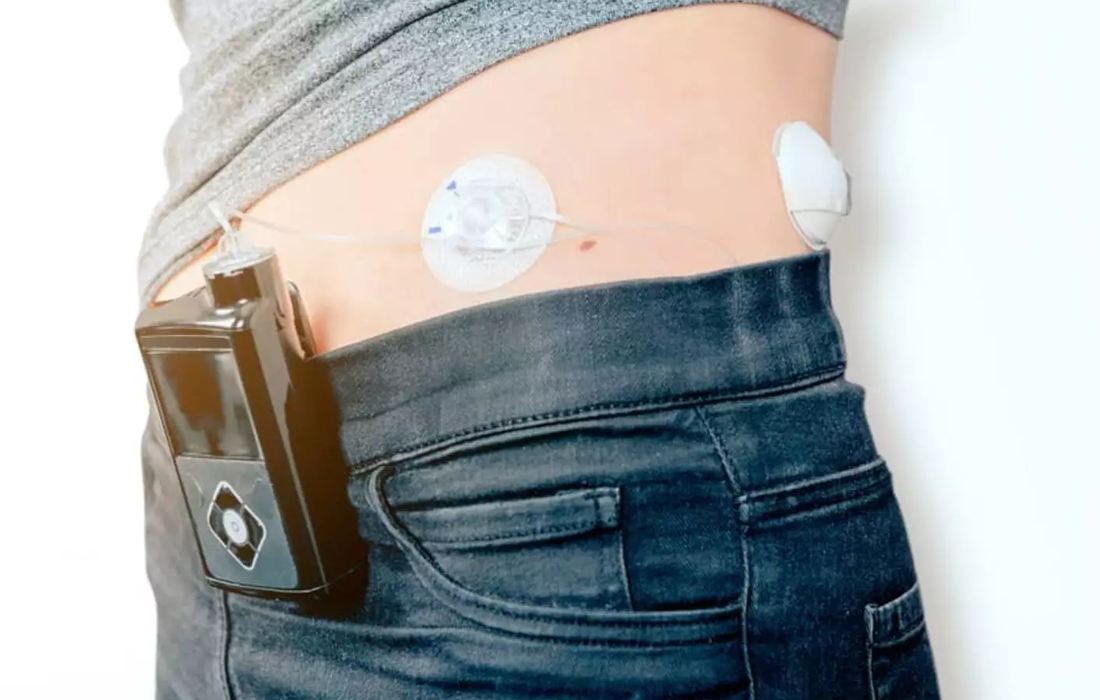Epidemics of pain and opioid abuse underscore the need for new nonopioid therapeutics to treat pain. Many nonopioid receptors are involved in pain processing (nociception), but only a few have been validated therapeutically. Of particular interest is the α2A-adrenergic receptor (α2AAR), a G protein–coupled receptor (GPCR) whose activation in the central nervous system has pain-relieving […]
Author Archives: Gabriel Piña, MD
The lung is a highly complex organ; it is responsible for respiration but it also acts as a barrier to exterior pathogens and pollutants. It’s composed of over forty different cell types that make up the three major pulmonary regions: tracheobronchial, intralobar airway, and alveolar. The adult lung is a highly quiescent organ; however, after […]
Neurons that sense pain protect the gut from inflammation and associated tissue damage by regulating the microbial community living in the intestines, according to a study from researchers at Weill Cornell Medicine. The researchers, whose report appears Oct. 14 in Cell, found in a preclinical model that pain-sensing neurons in the gut secrete a molecule […]
Each year, 700,000 people die due to antibiotic resistance. A growing global population unfortunately generates a growing resistance to established antibiotic treatments , a threat that has been met with insufficient funding and dwindling inspiration, as commercial incentives for developing new antibiotics have fallen. New antibiotic approach A new study by investigators from Brigham and […]
People who suffer from inflammatory bowel disease may soon have access to personalized dietary guidelines to keep them feeling well, thanks to new research on how dietary fiber affects the disease. The research team discovered that certain types of dietary fiber cause an inflammatory response in some patients, causing symptoms to worsen. They are now […]
Targeting a specific enzyme in the muscle could help cancer patients preserve muscle mass and potentially prolong their survival, according to research from UTHealth Houston. A study led by Yi-Ping Li, PhD, professor in the Department of Integrative Biology and Pharmacology with McGovern Medical School at UTHealth Houston, found that an enzyme known as UBR2 […]
Spina bifida, also known as myelomeningocele, occurs when spinal tissue fails to fuse properly during the early stages of pregnancy. The birth defect can lead to a range of lifelong cognitive, mobility, urinary and bowel disabilities. It affects 1,500 to 2,000 children in the U.S. every year. It is often diagnosed through ultrasound. While surgery […]
The surface of the cornea is maintained by corneal epithelial stem cells located in the transition zone between the cornea and conjunctiva—the limbus . Limbal stem cell deficiency (LSCD) is an irreversible disease resulting from the loss or dysfunction of these epithelial stem cells. The corneal epithelium becomes deficient and is replaced by the surrounding […]
During World War 2, children in the UK were evacuated to unfamiliar families for reasons of safety. The professional attention to the effects of family disruption preceded the attention to serious physical and emotional deprivation of children raised in residential institutions such as orphanages as a result of war. Since Bowlby’s report for WHO about […]
Automated insulin delivery systems, also called artificial pancreas or closed-loop control systems, track a person’s blood glucose levels using a continuous glucose monitor and automatically deliver the hormone insulin when needed using an insulin pump. These systems replace reliance on testing glucose level by fingerstick, continuous glucose monitor with separate insulin delivery through multiple daily […]


